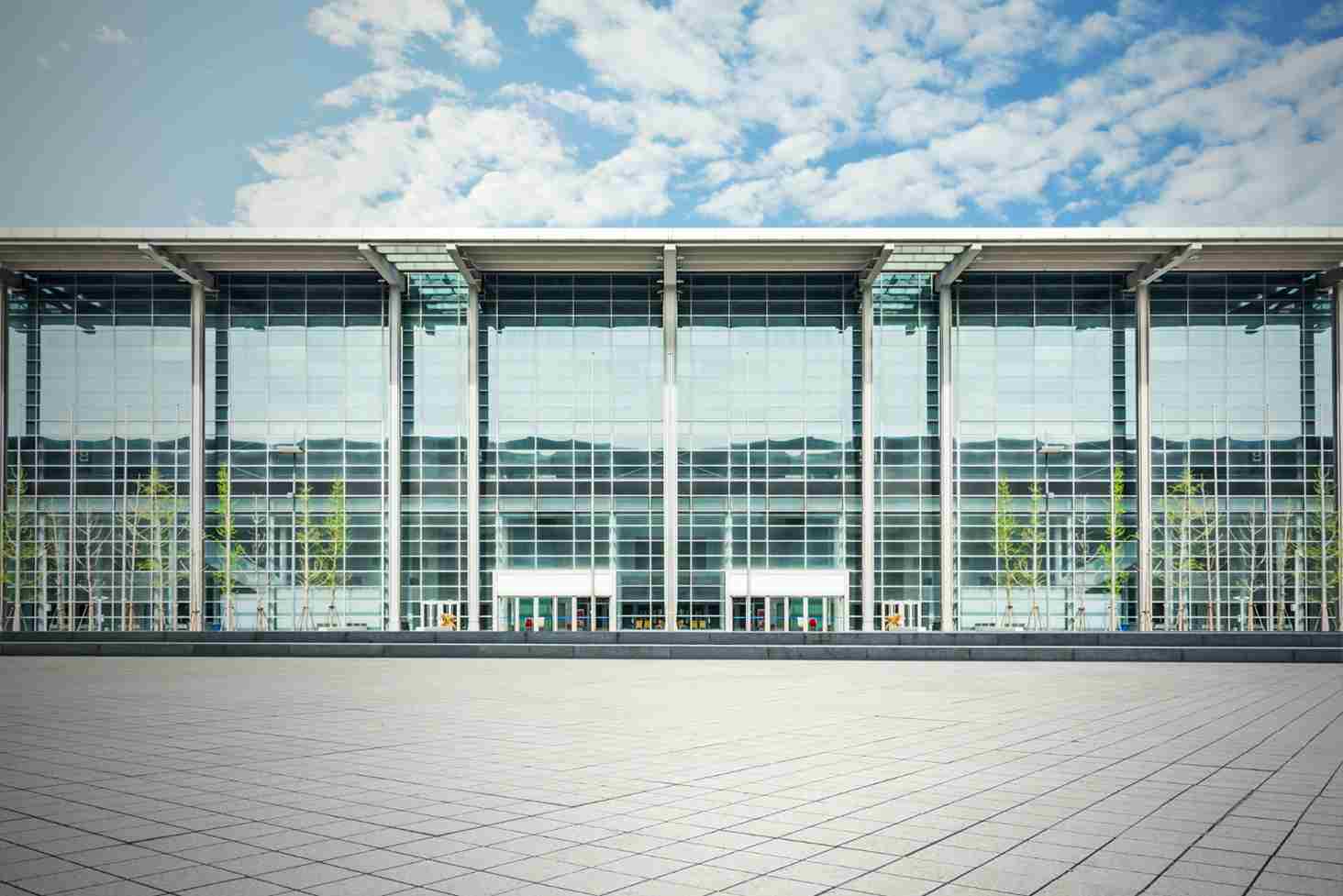In today’s rapidly evolving urban landscape, the design and functionality of parking shade structures have become integral elements of modern city planning and infrastructure development. With the increasing demand for efficient and aesthetically pleasing parking solutions, architects, designers, and developers are constantly exploring innovative ideas and incorporating the latest trends in parking shade design. This ultimate guide provides a comprehensive overview of the top tips and trends in modern parking shade design for the year 2024.
1. Sustainable Materials and Green Design
One of the foremost trends in modern parking shade design is the emphasis on sustainable materials and green design principles. Architects and designers are increasingly opting for eco-friendly materials such as recycled steel, aluminum, and sustainable wood for constructing parking shade structures. Incorporating green roofs and vertical gardens into parking shade designs not only enhances aesthetics but also contributes to environmental sustainability by reducing heat island effects and promoting biodiversity.
2. Integration of Solar Technology
The integration of solar technology in parking shade structures is a key trend driving innovation in the industry. Solar panels integrated into the design of parking shades not only provide renewable energy but also offer shade and protection to vehicles parked underneath. This dual functionality makes solar-powered parking shade structures a cost-effective and sustainable solution for modern parking facilities.
3. Smart Parking Systems
Advancements in technology have led to the emergence of smart parking systems that enhance user experience and optimize space utilization. Modern parking shade designs often incorporate sensors, IoT devices, and automated systems to facilitate seamless parking operations. Features such as real-time parking availability tracking, automated payment systems, and smartphone apps for parking management are becoming standard in cutting-edge parking shade designs.
4. Modular and Flexible Designs
Flexibility and adaptability are key considerations in modern parking shade design. Modular structures that can be easily assembled, disassembled, and reconfigured offer versatility in accommodating varying parking needs. This trend is particularly beneficial in dynamic urban environments where parking demands fluctuate, allowing for efficient use of space and resources.
5. Aesthetics and Architectural Integration
Parking shade structures are no longer just functional elements but also architectural features that contribute to the overall aesthetic appeal of urban spaces. Designers are focusing on integrating parking shades seamlessly into the surrounding built environment, complementing existing architecture and urban design themes. Attention to detail, innovative shapes, and artistic elements are defining characteristics of modern parking shade designs.
6. Customization and Branding Opportunities
Parking shade structures present unique opportunities for customization and branding, especially in commercial and institutional settings. Incorporating company logos, colors, and branding elements into the design of parking shades enhances brand visibility and creates a cohesive visual identity. Customization options also extend to lighting, signage, and interactive displays, further enhancing the user experience.
7. Climate-Responsive Design
Climate-responsive design principles are essential considerations in modern parking shade design, especially in regions with extreme weather conditions. Features such as adjustable louvers, retractable canopies, and weather-resistant materials ensure optimal comfort and protection for vehicles and occupants throughout the year. Sustainable cooling technologies, such as misting systems and natural ventilation strategies, are also integrated into parking shade designs to mitigate heat buildup and improve thermal comfort.
8. Accessibility and Inclusivity
Designing parking shade structures with accessibility and inclusivity in mind is a growing trend in urban development. Incorporating features such as designated accessible parking spaces, wheelchair ramps, and tactile paving ensures that parking facilities are easily accessible to all individuals, including those with disabilities. Universal design principles are applied to create inclusive and user-friendly parking environments.
9. Multi-Functional Spaces
Modern parking shade designs often incorporate multi-functional spaces that serve diverse purposes beyond parking. Integrated amenities such as bicycle parking, electric vehicle charging stations, seating areas, and green spaces transform parking facilities into vibrant urban hubs. This trend reflects the evolving needs of urban dwellers for sustainable mobility options and enhanced public spaces.
10. Artistic Installations and Public Art
Artistic installations and public art initiatives are increasingly integrated into parking shade designs to enrich urban landscapes and foster cultural expression. Collaborations between artists, designers, and urban planners result in innovative and visually striking parking shade structures that contribute to the cultural identity of cities. Murals, sculptures, and interactive art installations turn parking areas into engaging and memorable spaces for residents and visitors alike.
Conclusion
In conclusion, the field of modern parking shade design is witnessing rapid innovation and evolution driven by sustainability, technology, aesthetics, and user experience. The trends highlighted in this guide demonstrate the diverse opportunities and creative solutions available to architects, designers, and developers in shaping the future of parking facilities. By embracing these tips and trends, stakeholders can create innovative and impactful parking shade designs that enhance urban environments and improve the quality of life for communities.

